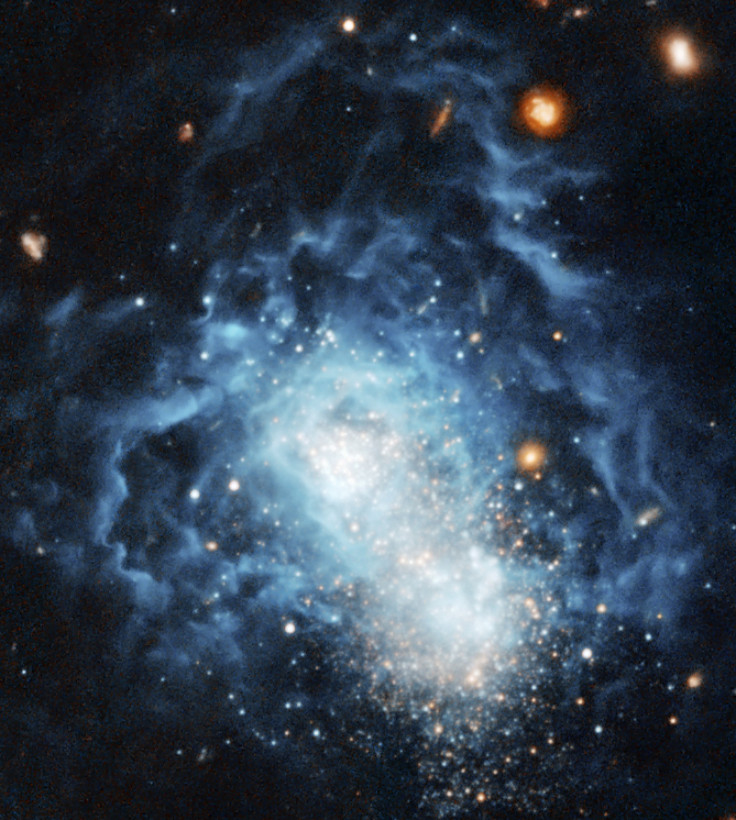Early Universe Is Less Dusty Than Previously Believed, Forcing Scientists To Reevaluate Current Theories
Researchers have discovered the early universe may contain less dust than was previously assumed. Dust in early-universe galaxies affect star formation activity, and the new study indicates future theories should incorporate the galactic environment as a factor in the development of new stars.

Led by David Fisher, an astrophysicist from the Swinburne University of Technology, the research focused on the galaxy IZw 18, I Zwicky 18, a dwarf irregular galaxy located 58 million light-years from Earth. The study was published in the journal Nature.
According to Fisher, current models predict a certain amount of dust in early-universe galaxies, but the dust in IZw 18 was far below those estimates. In fact, the amount of dust in IZw 18 was 100 times less than what was predicted. Fisher said in a statement, “It's an extreme galaxy in the local universe, but it tells us a lot about a stage that almost all galaxies have gone through, so it gives us a picture of what the first galaxies look like.”
Dust is important for any galaxy as it affects the level of star formation activity. Previous observations from the Hubble Space Telescope indicate the galaxy is primarily composed of hydrogen and helium. The researchers believe the lack of dust would alter the types of stars formed within the galaxy and may look different from other early-universe galaxies. For researchers, observing these types of galaxies may be more difficult than previously believed, says Fisher.

The lack of dust may be due to the radiation field within IZw 18, approximately “200 times stronger” than the radiation experienced within the Milky Way. Fisher said future theories should include radiation and environmental factors in star formation activity in early-universe galaxy theories.
Most importantly, Fisher believes the findings indicate a revision of current models is necessary. “Our result implies that current theories to describe the formation of stars when the universe was very young are incomplete, and are built on invalid assumptions,” said Fisher.
© Copyright IBTimes 2024. All rights reserved.












